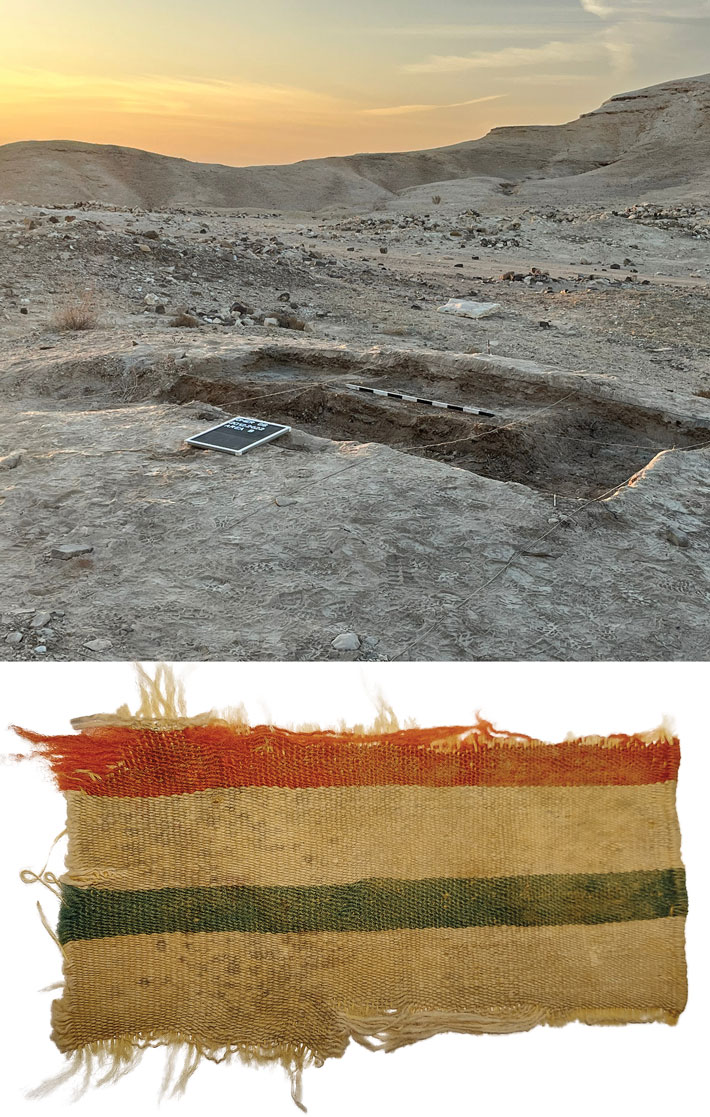Silk Road Detour
May/June 2023
 At a site on the edge of southern Israel’s Arava Desert, archaeologists have unearthed a trash heap packed with an unprecedented quantity of discarded merchandise of the sort that was once traded along the medieval Silk Road. The site, called Nahal Omer, was a way station a day’s walk west of the city of Petra, in present-day Jordan. In two dig seasons there, University of Haifa archaeologist Guy Bar-Oz and his team have excavated cotton and silk fabric and other organic remains such as papyrus fragments and cotton ear swabs that came from India and China. To the team’s surprise, the textiles were radiocarbon dated to the seventh and eighth centuries A.D.—at least 300 years after the Roman-era route had largely fallen into disuse. This was a time of growing globalization and renewed trade spurred by the rise of Islam. Bar-Oz believes this midden sat along a previously unknown segment of the Silk Road that might have given Greek-speaking Christians and newly arrived Arabic-speaking Muslim peoples access to sumptuous goods.
At a site on the edge of southern Israel’s Arava Desert, archaeologists have unearthed a trash heap packed with an unprecedented quantity of discarded merchandise of the sort that was once traded along the medieval Silk Road. The site, called Nahal Omer, was a way station a day’s walk west of the city of Petra, in present-day Jordan. In two dig seasons there, University of Haifa archaeologist Guy Bar-Oz and his team have excavated cotton and silk fabric and other organic remains such as papyrus fragments and cotton ear swabs that came from India and China. To the team’s surprise, the textiles were radiocarbon dated to the seventh and eighth centuries A.D.—at least 300 years after the Roman-era route had largely fallen into disuse. This was a time of growing globalization and renewed trade spurred by the rise of Islam. Bar-Oz believes this midden sat along a previously unknown segment of the Silk Road that might have given Greek-speaking Christians and newly arrived Arabic-speaking Muslim peoples access to sumptuous goods.